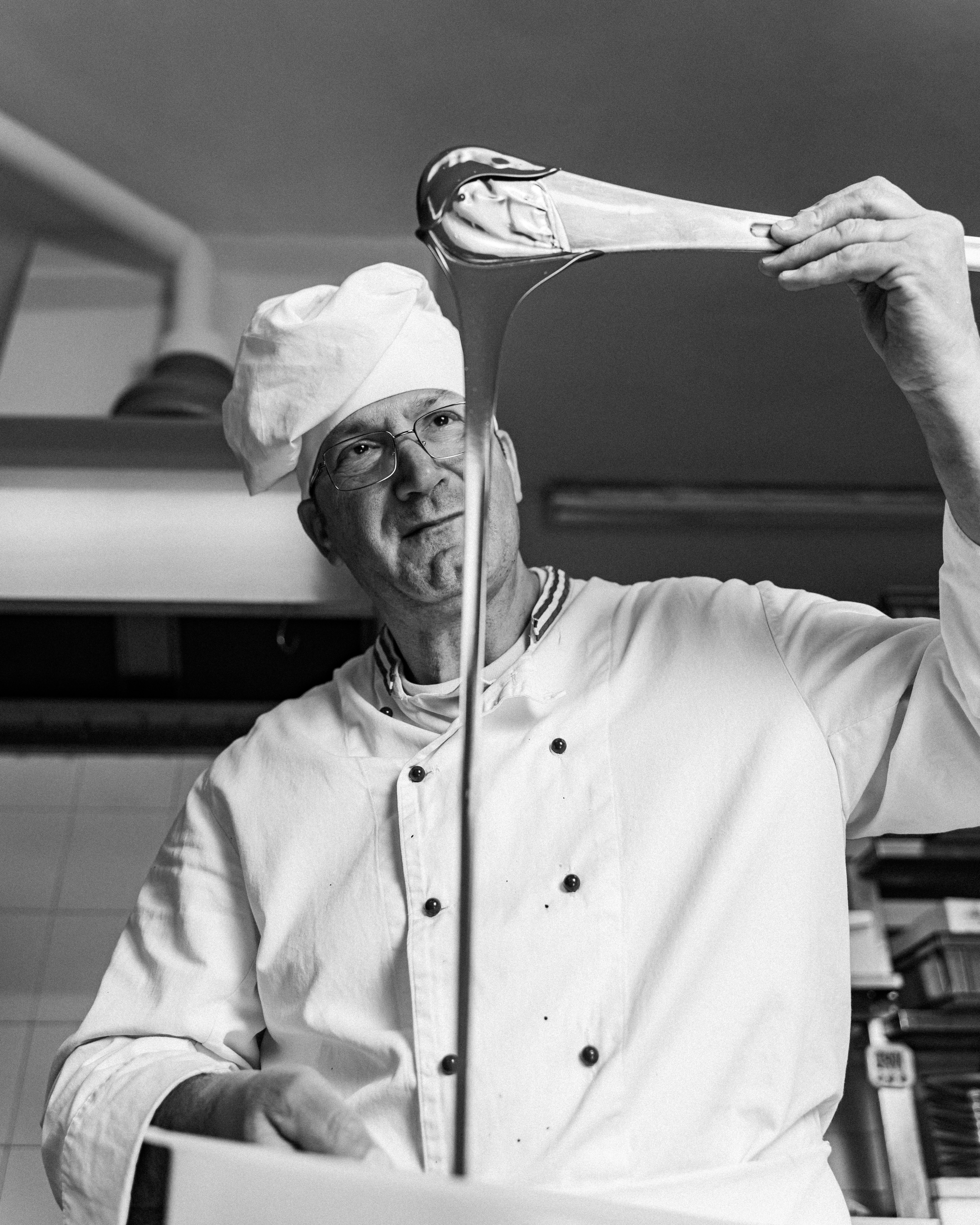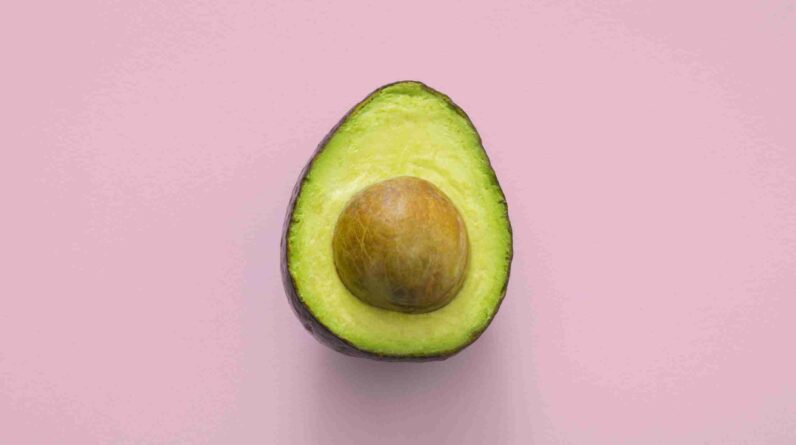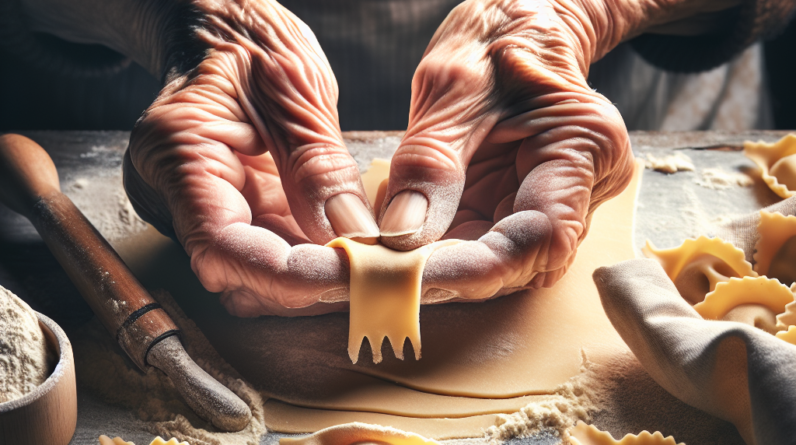Let us take a moment to ponder the significance of the Italian concept of “cucina povera” or “poor cooking.” While the name may suggest a lack of resources, this culinary tradition holds a special place in Italian culture. It is a testament to the resourcefulness and creativity of the Italian people, who have transformed humble ingredients into mouthwatering dishes that have stood the test of time. In this article, we will explore the origins, philosophy, and enduring appeal of “cucina povera,” shedding light on why it continues to captivate the hearts and palates of food enthusiasts around the world. Get ready to embark on a delicious journey that celebrates simplicity and flavor!
Overview of Cucina Povera
Definition of Cucina Povera
Cucina Povera, which translates to “poor cooking” in English, is a traditional Italian culinary concept that originated from the rural regions of Italy. It is characterized by a simple and frugal approach to cooking, using humble and readily available ingredients to create delicious and nourishing dishes.
Origins of Cucina Povera
Cucina Povera emerged as a response to economic and social factors prevalent in Italy, particularly in the rural areas. It was born out of necessity, where families had limited resources and needed to make the most of what they had. The concept dates back several centuries and has been passed down through generations, preserving the culinary traditions of the Italian countryside.
Concept of Simplicity
At the core of Cucina Povera is the idea of simplicity. The focus is on celebrating the natural flavors of ingredients by using minimal seasoning and preparation techniques. By stripping away complex and elaborate cooking methods, Cucina Povera allows the true essence of the ingredients to shine through.
Focus on Local and Seasonal Ingredients
Another key aspect of Cucina Povera is its emphasis on local and seasonal ingredients. Locally sourced produce ensures freshness and supports local farmers, while seasonal ingredients guarantee optimal flavor and nutritional value. By utilizing what is readily available, the dishes of Cucina Povera reflect the richness and diversity of the Italian landscape.
Historical Context
Economic and Social Factors
Cucina Povera arose during a time of economic hardship in Italy, where poverty was widespread, especially in rural areas. Limited financial resources meant that families had to rely on what they could grow or find locally to sustain themselves. This led to the development of innovative techniques to transform simple ingredients into nourishing meals.
Influence of Resource Scarcity
Resource scarcity played a significant role in shaping the principles of Cucina Povera. With limited access to ingredients and cooking tools, people had to make do with what they had. This led to techniques such as preservation through canning and fermentation, which allowed food to be stored for longer periods, reducing waste and ensuring a steady supply of nourishment.
Adaptation and Creativity
The concept of Cucina Povera showcases the resilience and creativity of the Italian people in the face of adversity. The ability to transform inexpensive and humble ingredients into delicious and satisfying meals became a source of pride and a testament to their resourcefulness. This adaptability and innovation are still evident in modern interpretations of Cucina Povera.
Cultural Significance
Preserving Food Heritage
Cucina Povera plays a vital role in preserving the food heritage of Italy. Through the generations, families have preserved traditional recipes and passed them down as a way of preserving their cultural identity. By continuing to celebrate and prepare these dishes, Italians ensure that their culinary traditions are not lost and that future generations can appreciate the richness of their heritage.
Community and Sharing
Cucina Povera fosters a sense of community and togetherness. In rural areas, mealtimes are often communal gatherings where neighbors come together to share food, stories, and laughter. This communal aspect of Cucina Povera strengthens social bonds and promotes a sense of belonging within the community.
Appreciation for Humble Ingredients
Cucina Povera highlights the beauty and flavor potential of humble ingredients. By transforming everyday items such as bread, tomatoes, and vegetables into delicious and hearty dishes, Italians showcase their appreciation for simplicity and the profound impact it can have on a meal. This celebration of humble ingredients encourages mindfulness and gratitude for the abundance of nature’s offerings.
Sustainability and Environmentalism
With its emphasis on local, seasonal, and readily available ingredients, Cucina Povera aligns closely with sustainable and environmentally conscious practices. By supporting local farmers and producers, reducing food waste through preservation methods, and utilizing whole foods, Cucina Povera contributes to a more sustainable food system that respects and protects the environment.
Traditional Dishes and Techniques
Pane Cunzato (Seasoned Bread)
Pane Cunzato is a classic dish from Sicily that exemplifies the simplicity and creativity of Cucina Povera. It consists of a rustic loaf of bread seasoned with a combination of fresh ingredients such as tomatoes, olive oil, oregano, garlic, and salt. The result is a flavorful and satisfying combination of textures and flavors that epitomizes the essence of Cucina Povera.
Pasta al Pomodoro (Tomato Pasta)
Pasta al Pomodoro is a staple dish in Cucina Povera. It showcases the beauty of simplicity with its basic yet delicious combination of pasta, tomatoes, garlic, olive oil, and basil. The dish relies on the quality and freshness of the ingredients to create a harmonious and satisfying meal that has become synonymous with Italian cuisine.
Minestrone (Vegetable Soup)
Minestrone is a hearty vegetable soup that varies in ingredients depending on the region and season. It typically includes a medley of vegetables, beans, and pasta, simmered in a rich broth. Minestrone exemplifies the principle of utilizing what is available and celebrates the flavors and textures of seasonal produce.
Polenta (Cornmeal Dish)
Polenta, made from coarsely ground cornmeal, is a versatile staple in Cucina Povera. It can be served creamy as a side dish or allowed to cool and solidify before being grilled or baked. With its comforting and nourishing qualities, polenta has been a longstanding favorite in Italian households for centuries, demonstrating the enduring appeal of Cucina Povera.
Preserving Methods: Canning and Fermentation
Preserving techniques such as canning and fermentation have been integral to the practicality and sustainability of Cucina Povera. These methods allow ingredients to be stored for longer periods, ensuring a continuous food supply and minimizing waste. Canning vegetables and fruits and fermenting foods like cabbage into sauerkraut or grapes into wine have become enduring traditions that showcase the creativity and resourcefulness of Italian cuisine.

Influence on Italian Cuisine
Resurgence of Cucina Povera
In recent years, there has been a resurgence of interest in Cucina Povera, both in Italy and around the world. This renewed appreciation for simple, rustic, and flavorful dishes has led to a renaissance of traditional recipes and a celebration of the principles of Cucina Povera. Chefs and home cooks alike are rediscovering the beauty and significance of this culinary heritage.
Integration in High-End Restaurants
The influence of Cucina Povera has extended beyond traditional homes and local trattorias. Many high-end restaurants have embraced the principles of simplicity, seasonality, and local ingredients inherent in Cucina Povera. By showcasing dishes inspired by these principles, fine dining establishments are giving patrons a taste of the authenticity and depth of Italian cuisine.
Influence on Modern Culinary Trends
Cucina Povera has had a profound impact on modern culinary trends, shaping the way people approach and appreciate food. The emphasis on fresh, local, and seasonal ingredients, as well as the celebration of simplicity, has permeated the culinary landscape. From farm-to-table movements to the popularity of farmers’ markets, the principles of Cucina Povera have influenced and shaped the way food is prepared, served, and enjoyed.
Health Benefits
Use of Whole Foods
Cucina Povera’s reliance on whole foods, such as fruits, vegetables, grains, and legumes, ensures a diet rich in essential nutrients, vitamins, and minerals. By avoiding heavily processed and refined ingredients, Cucina Povera promotes overall health and well-being.
Limited Processed Ingredients
The minimal use of processed ingredients in Cucina Povera reduces the consumption of additives, preservatives, and artificial flavors commonly found in convenience foods. This promotes cleaner eating and minimizes the potential health risks associated with processed foods.
Balanced Nutrition and Portion Control
Cucina Povera emphasizes the importance of a balanced diet, with a focus on vegetables, whole grains, and lean proteins. By encompassing a variety of food groups and practicing portion control, Cucina Povera offers a holistic approach to nutrition that contributes to a healthier lifestyle.
Reduced Food Waste
Cucina Povera’s commitment to utilizing every part of an ingredient helps reduce food waste. By making use of often overlooked parts like vegetable peels or bones for stocks, Cucina Povera promotes sustainability and a more mindful approach to cooking and consumption.

Promotion of Slow Food Movement
Slow Food Philosophy
The Slow Food movement, originating in Italy, shares many principles with Cucina Povera. It advocates for a more mindful and sustainable approach to food, focusing on quality, tradition, and the enjoyment of meals. Slow Food promotes understanding and appreciation of the cultural and environmental impact of our food choices.
Movement’s Connection to Cucina Povera
Cucina Povera aligns closely with the Slow Food movement’s philosophy by emphasizing the use of local, seasonal, and traditional ingredients. Both promote the preservation of food heritage, sustainable practices, and nurturing a deeper connection with the food we consume. Cucina Povera has played a vital role in the foundation and growth of the Slow Food movement.
Promotion of Quality and Sustainability
By championing local producers and traditional methods, Cucina Povera and the Slow Food movement contribute to the promotion of quality and sustainability in food production and consumption. They encourage consumers to make informed choices that support local communities, preserve food traditions, and minimize environmental impact.
Impact on Local Economy
Supporting Local Farmers and Producers
Cucina Povera’s focus on local ingredients helps stimulate the local economy by supporting small-scale farmers and producers. By prioritizing locally sourced produce, Cucina Povera encourages a closer relationship between producers and consumers, fostering economic growth and sustainability within local communities.
Revitalization of Traditional Markets
Cucina Povera’s emphasis on seasonality and local products has led to a renaissance of traditional markets. These markets, once the heart of Italian communities, have experienced a resurgence as people seek out fresh and locally sourced ingredients for their Cucina Povera-inspired meals. This revitalization not only supports local vendors but also helps to preserve the cultural and social significance of these markets.
Tourism and Culinary Experiences
Cucina Povera has become a draw for food enthusiasts and tourists. Travelers seeking authentic culinary experiences are drawn to the simplicity, flavor, and cultural significance of Cucina Povera. This interest in traditional Italian cuisine bolsters the local economy through increased tourism, highlighting the unique gastronomic heritage of the regions.
Cultural Exchange and Global Influence
Spread of Cucina Povera Concepts Worldwide
The principles of Cucina Povera have spread far beyond Italy’s borders, with its influence being felt in kitchens around the world. As people increasingly seek to reconnect with food traditions and adopt healthier, more sustainable eating habits, the concept of Cucina Povera resonates with a global audience.
Influence on International Cuisine
Cucina Povera has left a lasting impact on international cuisine, inspiring chefs to incorporate its principles into their cooking. The focus on simplicity, local ingredients, and sustainable practices can be seen in the farm-to-table movement, as well as the increasing popularity of using simple and whole ingredients in dishes from various culinary traditions.
Cross-Cultural Culinary Appreciation
Cucina Povera has also fostered a greater appreciation for the culinary traditions of other cultures. By embracing simplicity and a focus on local and seasonal ingredients, people are becoming more open to exploring and enjoying the diverse flavors and techniques that shape different cuisines around the world. Cucina Povera acts as a bridge between cultures, connecting people through the shared love of food.
Challenges and Preservation
Modernization and Fast-Food Culture
In the face of fast-food culture and the modernization of the food industry, Cucina Povera faces challenges in staying relevant. The allure of convenience and speed can sometimes overshadow the intrinsic value of traditional and simple cooking methods. However, the enduring appeal and growing interest in Cucina Povera suggest that the concept’s cultural significance is resilient.
Maintaining Authenticity
As Cucina Povera gains popularity, there is a risk of diluting its authenticity through commercialization or misinterpretation. It is crucial to preserve the traditional techniques, locally sourced ingredients, and cultural significance that define Cucina Povera. By promoting education and awareness, efforts can be made to ensure that the integrity of Cucina Povera is maintained.
Efforts to Preserve Cucina Povera
Various organizations and individuals are actively working to preserve and promote the principles of Cucina Povera. Slow Food, for example, has played a crucial role in preserving traditional recipes and supporting local food traditions. Additionally, chefs, home cooks, and culinary enthusiasts continue to celebrate and experiment with Cucina Povera, ensuring that it remains a vibrant part of Italy’s culinary heritage.











